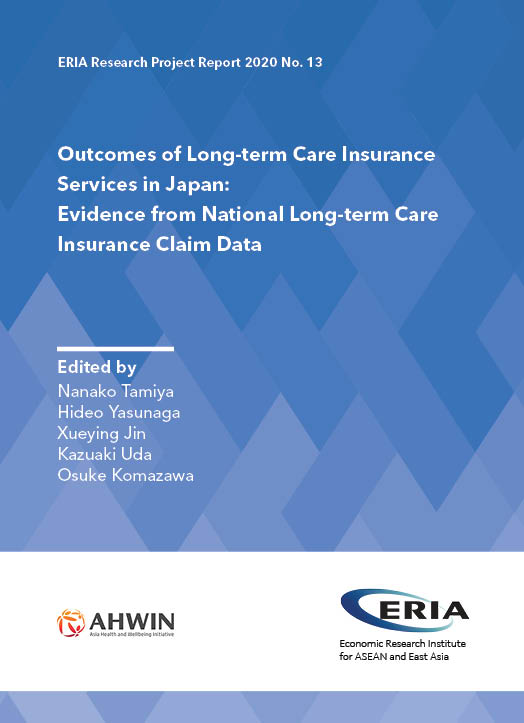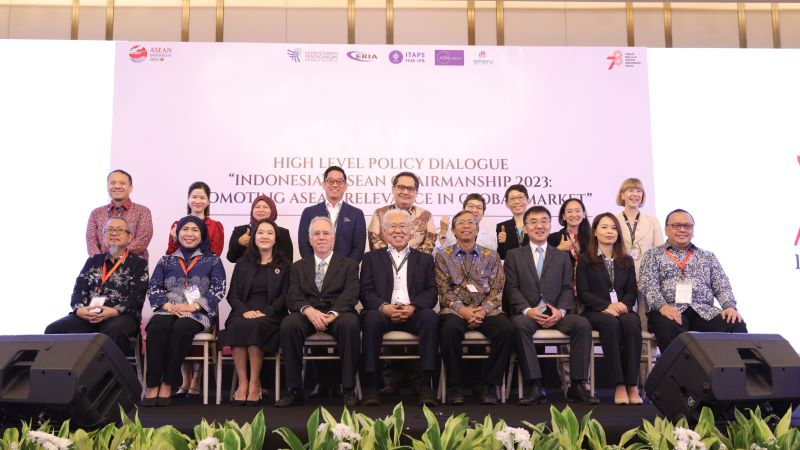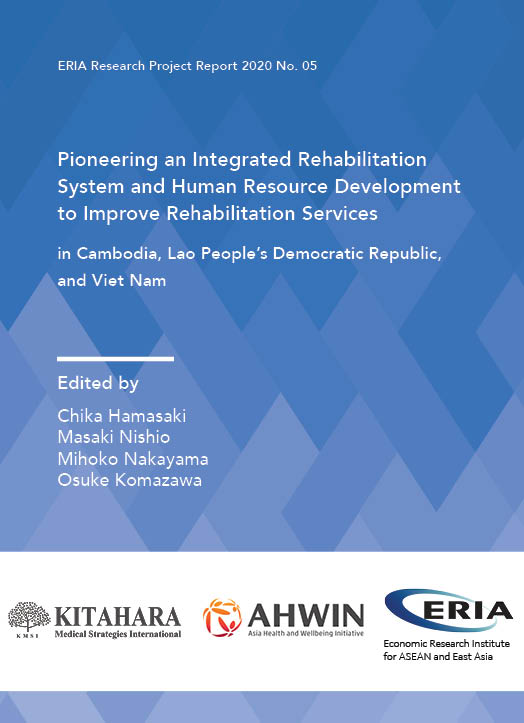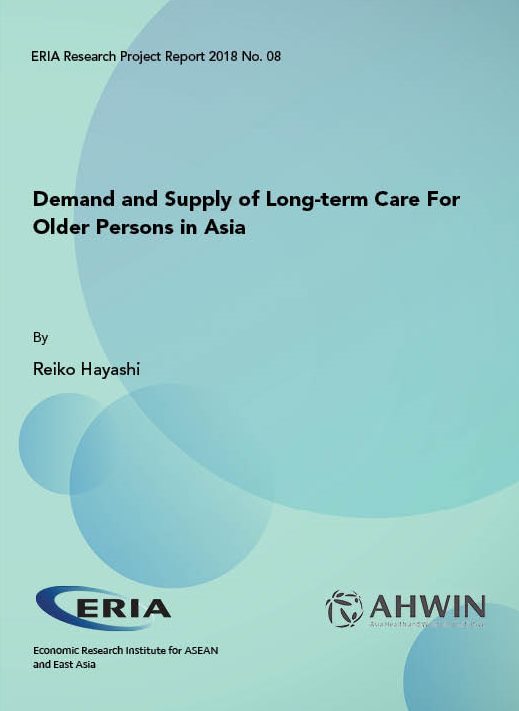Outcomes of Long-term Care Insurance Services in Japan: Evidence from National Long-term Care Insurance Claim Data

Date:
28 October 2020Category:
Healthcare and Ageing SocietyType:
Research Project ReportsTags:
ageing, Aging Population, ageing in Asia, ageing society, Japan, Insurance, healthcarePrint Article:
Japan has the oldest population structure in the world, with a share of 28.1% of people aged 65 years or above in 2018, and this rate is still increasing. In 2000, Japan introduced a compulsory public long-term care insurance (LTCI) programme to meet the challenges of its rapid population ageing and ensure equitable access to long-term care services. All citizens and foreign residents aged 65 years or above are eligible to receive LTCI services if they are certified to be the beneficiaries of LTCI based on the care-need level assessment. The method of assessment is specified by the national government and Japan retains all information on beneficiaries’ long-term care insurance claims, making it easier to observe their functional changes over time. This study aims to investigate the predictors of care-need level change by focusing on the users of long-term care facility services, adult day service users, and day care users by applying national-level long-term care claims data.
Full Report
Contents
Chapter 2: Japan's Long-term care System and Overview of this Study
Chapter 3: Predictors of Care-need Level Deterioration in Long-term care Health Facilities
Chapter 4: Predictors of Care-need Level Deterioration in Long-term care Welfare Facilities
Chapter 5: Predictors of Care-need Level Deterioration in Day Services
Chapter 6: Predictors of Care-need Level Deterioration in Day Care Rehabilitation




